 W
WCount Francesco Baracca was Italy's top fighter ace of World War I. He was credited with 34 aerial victories. The emblem he wore side by side on his plane of a black horse prancing on its two rear hooves inspired Enzo Ferrari to use it on his racing car and later in his automotive company.
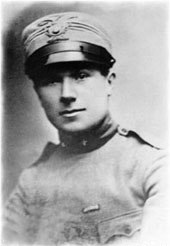 W
WArnaldo Berni was a decorated Italian Royal Army soldier.
 W
WUmberto Boccioni was an influential Italian painter and sculptor. He helped shape the revolutionary aesthetic of the Futurism movement as one of its principal figures. Despite his short life, his approach to the dynamism of form and the deconstruction of solid mass guided artists long after his death. His works are held by many public art museums, and in 1988 the Metropolitan Museum of Art in New York City organized a major retrospective of 100 pieces.
 W
WGiuseppe Caimi was an Italian footballer and a soldier in the Royal Italian Army. Caimi spent two seasons with Inter Milan, making 23 league appearances, before he was drafted into the army at the outbreak of the First World War.
 W
WClaudio Maurizio Casanova was an Italian professional footballer who played as a defender.
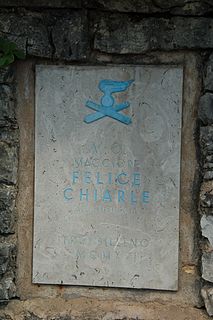 W
WFelice Chiarle was an Italian soldier. He participated in the First World War. He died in defense of the Trambileno area in Trentino at the helm of the 17th Alpine Battery Group during the Austro-Hungarian offensive of May 1916, known as Strafexpedition.
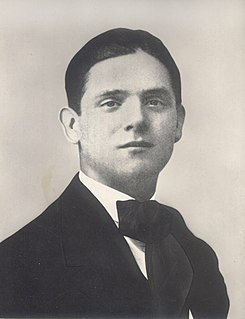 W
WAttilio Deffenu was an Italian journalist, soldier, exponent of Sardinian autonomism and a syndicalist.
 W
WLuigi Ferraris was an Italian footballer, engineer and soldier who died during the World War I.
 W
WFabio Filzi was an ethnic-Italian who was born in the Austria-Hungarian Empire but was a irredentist patriot whose firm belief was that the Italian portions of Austria-Hungarian Empire should be united with Italy. He was captured and executed by the Austria-Hungarian Army with his superior Cesare Battisti.
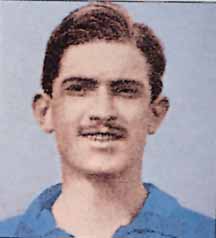 W
WVirgilio Fossati was an Italian footballer and manager. A midfielder, he played for and coached Italian club Inter Milan, also representing the Italy national team; he captained both teams throughout his career.
 W
WTeodoro Mariani was an Italian rower.
 W
WCarlo Oriani was an Italian professional road racing cyclist. The highlight of his career was his overall win in the 1913 Giro d'Italia.
 W
WNino Oxilia was an Italian playwright, screenwriter and film director. His 1911 play Goodbye Youth was turned into several films. He also wrote the first lyrics for the song "Giovinezza" in 1909. He died in combat during the First World War.
 W
WGaetano Perusini was an Italian physician. He was the pupil and colleague of Alois Alzheimer and contributed to the definition of Alzheimer's disease. In 1915 he joined the Italian army without disclosing his medical qualifications. When his medical expertise was discovered, he worked in the neuropsychiatric hospital of Mombello, and after he was transferred to a field hospital at San Floriano del Collio, where he was wounded by a grenade on 28 November 1915. He was transferred to the Red Cross Hospital at Cormons, where he died on 8 December at the age of 36.
 W
WGiovanni Randaccio was an Italian soldier.
 W
WFrancesco Rismondo was an Austrian-born Italian irredentist and decorated military volunteer.
 W
WGuido Romano was an Italian gymnast who competed in the 1908 Summer Olympics and in the 1912 Summer Olympics. He was born in Modena and died during World War I as a result of the Battle of Asiago. In 1908 he competed in the individual all-around and finished 19th. He was also part of the Italian team, which was able to win the gold medal in the gymnastics men's team, European system event in 1912.
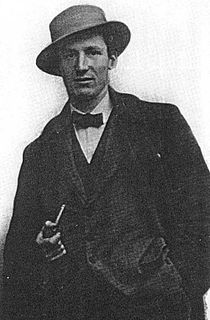 W
WAntonio Sant'Elia was an Italian architect and a key member of the Futurist movement in architecture. He left behind almost no completed works of architecture and is primarily remembered for his bold sketches and influence on modern architecture.
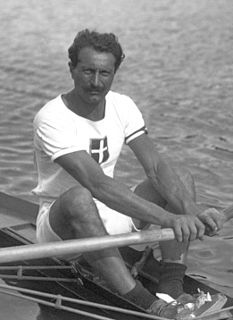 W
WGiuseppe Sinigaglia was an Italian rower. He won the Diamond Challenge Sculls at Henley Royal Regatta and eight medals at the European championships of 1906–1913 in various rowing events. He died of wounds during World War I.
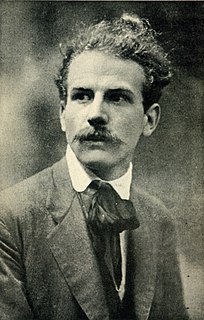 W
WScipio Slataper was an Italian writer, most famous for his lyrical essay My Karst. He is considered, alongside Italo Svevo, as the initiator of the prolific tradition of Italian literature in Trieste.
 W
WEnrico Toti was an Italian cyclist, patriot and hero of World War I.
 W
WPrince Umberto of Savoy was a member of the Aosta branch of the House of Savoy and was styled the Count of Salemi.